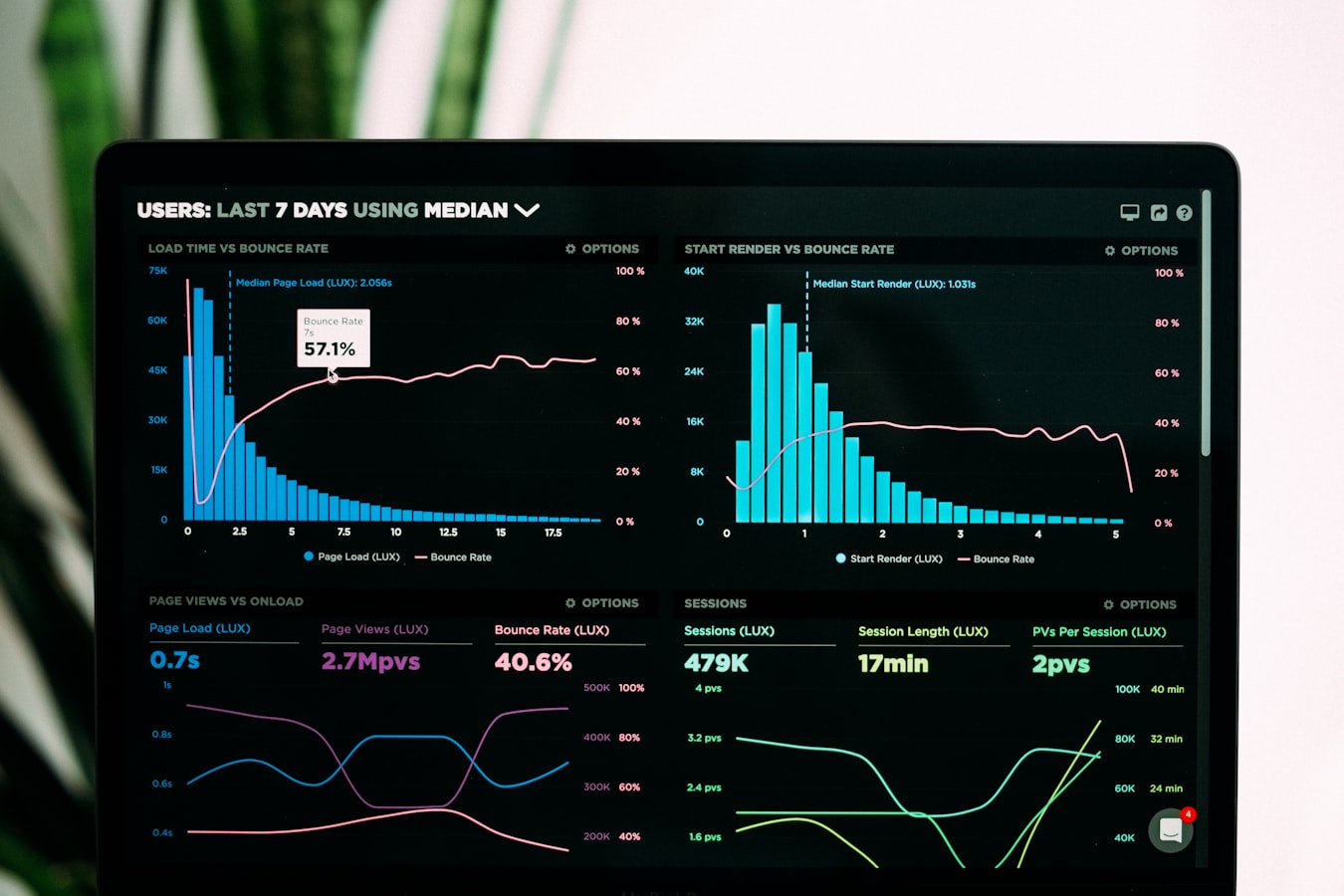Have you ever dreamed of designing beautiful digital experiences while working from anywhere in the world? Remote UX/UI design offers the perfect blend of creativity, flexibility, and career growth—but where do you begin? Whether you’re transitioning from another field or starting fresh, this guide will walk you through everything you need to launch a successful career in remote UX/UI design.
📚 Table of Contents
What Is Remote UX/UI Design?
Remote UX/UI design involves creating user-friendly digital interfaces from anywhere in the world. UX (User Experience) focuses on research, usability, and functionality, while UI (User Interface) deals with visual aesthetics and interactive elements. Working remotely in this field means collaborating with teams online, using tools like Figma, Sketch, or Adobe XD to bring designs to life.
Essential Skills for Remote UX/UI Designers
To succeed in remote UX/UI design, you’ll need a mix of technical and soft skills. Master design tools like Figma or Adobe XD, understand wireframing and prototyping, and learn the basics of HTML/CSS. Equally important are communication skills, time management, and adaptability—since remote work requires self-discipline and clear collaboration with distributed teams.
Building a Strong Portfolio
Your portfolio is your most powerful tool when starting a career in remote UX/UI design. Showcase real-world projects, case studies, and personal designs that highlight your problem-solving skills. Include wireframes, user flows, and final mockups to demonstrate your process. Platforms like Behance, Dribbble, or a personal website can help you present your work professionally.
Finding Remote UX/UI Design Jobs
Landing remote UX/UI design jobs requires a strategic approach. Start by browsing job boards like We Work Remotely, Remote.co, or LinkedIn. Freelance platforms like Upwork and Toptal can also help you gain initial experience. Networking in design communities (e.g., Slack groups, LinkedIn) and attending virtual design events can open doors to hidden opportunities.
Staying Productive as a Remote Designer
Remote work offers freedom but demands discipline. Set up a dedicated workspace, establish a routine, and use productivity tools like Trello or Notion to manage tasks. Regular communication with clients or teams via Slack or Zoom ensures smooth collaboration. Don’t forget to take breaks—burnout is real, even in a flexible career like remote UX/UI design.
Conclusion
Starting a career in remote UX/UI design is an exciting journey that combines creativity with the freedom to work from anywhere. By mastering essential skills, building a standout portfolio, and leveraging the right job-search strategies, you can turn your passion for design into a thriving remote career. Stay curious, keep learning, and embrace the flexibility this field offers.


Leave a Reply